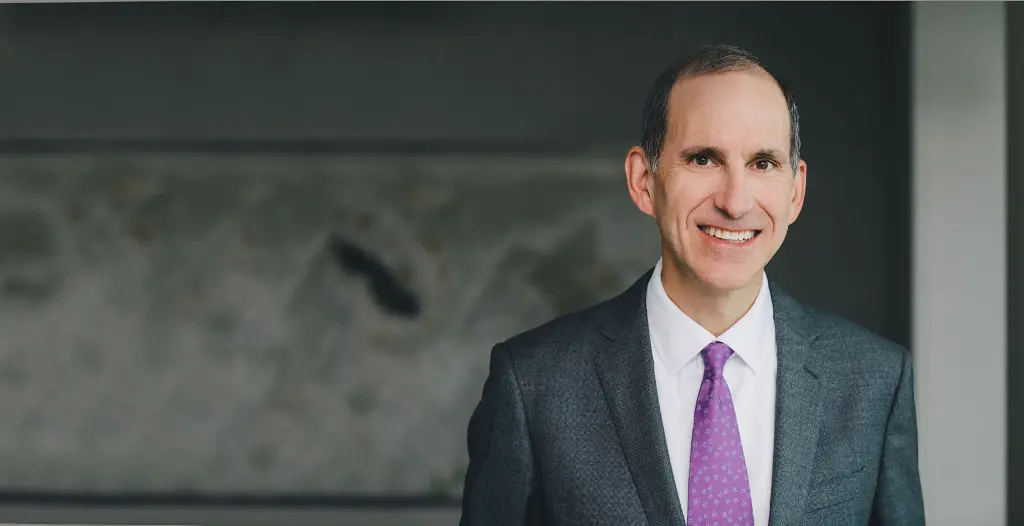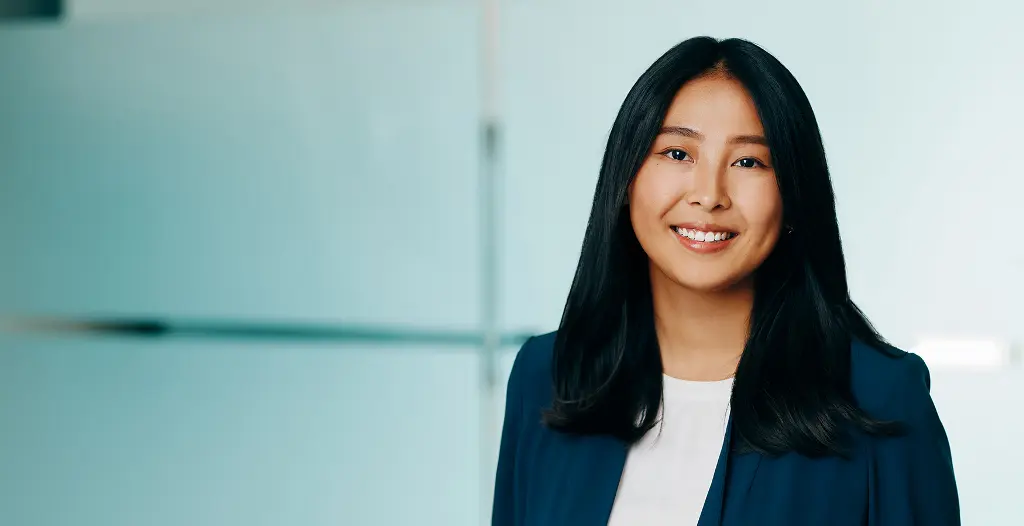OEB Proposes Changes to the Distribution System Code to Facilitate Connection of Distributed Energy Resources
On August 5, 2021, the Ontario Energy Board (“OEB”) issued a notice proposing amendments to the Distribution System Code (“DSC”) and establishment of the Distributed Energy Resources Connection Procedures (“DERCP”). The OEB indicates that the proposed amendments aim to improve efficiency and provide clarity and consistency in the process for connecting a distributed energy resource (“DER”) to an electricity distributor’s system.
The proposed amendments result from an initiative the OEB commenced in August 2019 to review its requirements in relation to the connection of DERs by licensed electricity distributors. The objective behind this initiative was to “identify any barriers to the connection of DERs and standardize and improve the connection process” with a focus on addressing connection process timelines, connection cost responsibility matters and technical connection requirements.
In November 2019, the OEB issued a letter announcing the formation of the DER Connections Review Working Group to provide advice to the OEB staff on issues, potential solutions and improvements related to the connection of DERs. The Working Group is comprised of various stakeholders, including storage and generation developers, industry groups, ministry officials, distributors, a transmitter, the Electrical Safety Authority and the Independent Electricity System Operator. Since the formation of the Working Group, the OEB has held a series of Working Group meetings during which recommendations were put forward. The Working Group’s recommendations focused on process standardization and timelines.
In considering the Working Group’s recommendations, the OEB proposed the following amendments to the DSC to improve the connections process.
First, the OEB intends to take a new approach to categorizing connection behaviour. The proposed amendments provide new definitions in the DSC, classifying connections as either exporting or non-exporting. Exporting connections are intended to allow power flows in both directions (i.e. to and from the distribution system). Non-exporting connections are intended to support one-directional power flow where electricity only flows from the distribution system to the customer.
Second, the OEB aims to standardize communication interaction between distributors and applicants by making “improvements to the exchange of information at the preliminary consultation stage." Under the subheading “Proposals to Improve the Preliminary Consultation Process Including Information Packages,” the notice outlines the OEB’s relevant proposed amendments, including:
- requiring connection information packages to be available electronically,
- allowing proponents to request three Preliminary Consultation Reports at no charge once per calendar year, and
- mandating the use of template forms for Preliminary Consultation Information Requests, Preliminary Consultation Reports, and connection impact assessment applications.
The OEB indicates that the requirement of template forms is intended to provide consistency and clarity across distributors in what information is required from applicants and how that information should be presented.
Third, the OEB seeks to clearly identify assessment steps where assessment of a proposed DER connection by a host distributor and/or transmitter is required. The proposed amendments implement changes to assessment timelines and set out defined steps for assessment.
Finally, the OEB proposes to remove detailed process steps and requirements related to connecting generation facilities in the DSC (i.e. Chapter 6 and Appendix F) and replace them with detailed processes to be set out in the newly proposed DERCP. As a stand-alone process document, the OEB intends the DERCP to be more accessible to distributors and proponents and more adaptable for change.
The OEB is inviting comments on the proposed amendments until September 16, 2021.


